Bowers welcomes the ‘Power of Photography’ and the legacy of Katsushika Hokusai
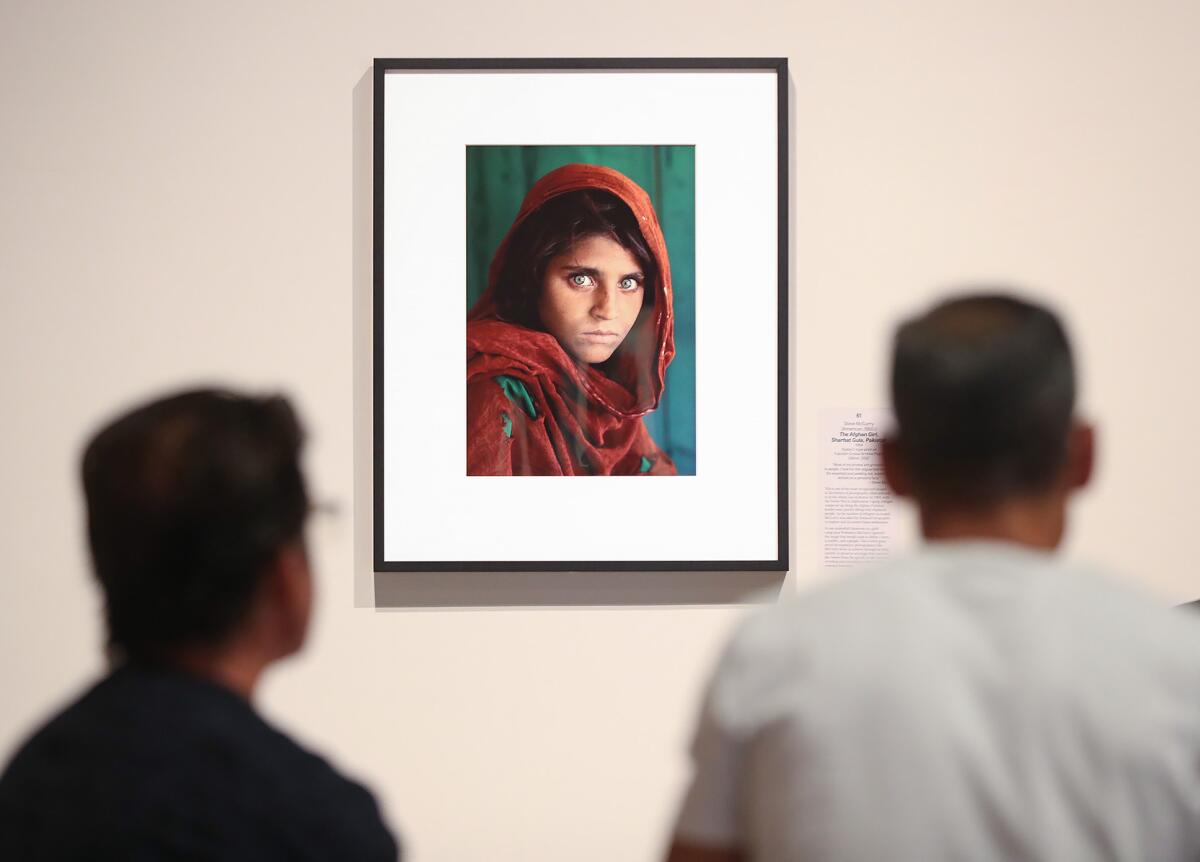
There is one photograph that Peter Fetterman credits with starting his love of photography.
“When I was 15, I came across this book called ‘A Vanished World,’ and there was something about the book that totally obsessed me,” said the curator and gallerist.
The book, by author and photographer Roman Vishniac, is a pictorial history of Jewish life in Germany in the years that lead up to World War II. One photograph in particular haunted Fetterman, titled “Sara, the Only Flowers of Her Youth.” The image, taken in Poland in 1939, is of a young girl looking tiny in a large bed with wide eyes. Behind her are hand-painted flowers on the wall.
“This kid has never been outside this room, and her father painted pictures of flowers on the wall because he wanted to give her some sense of hope that they might survive,” said Fetterman.
The photo captivated Fetterman so much that five years later on his first trip to New York he looked up Vishniac in the Yellow Pages and paid him a visit at his home.
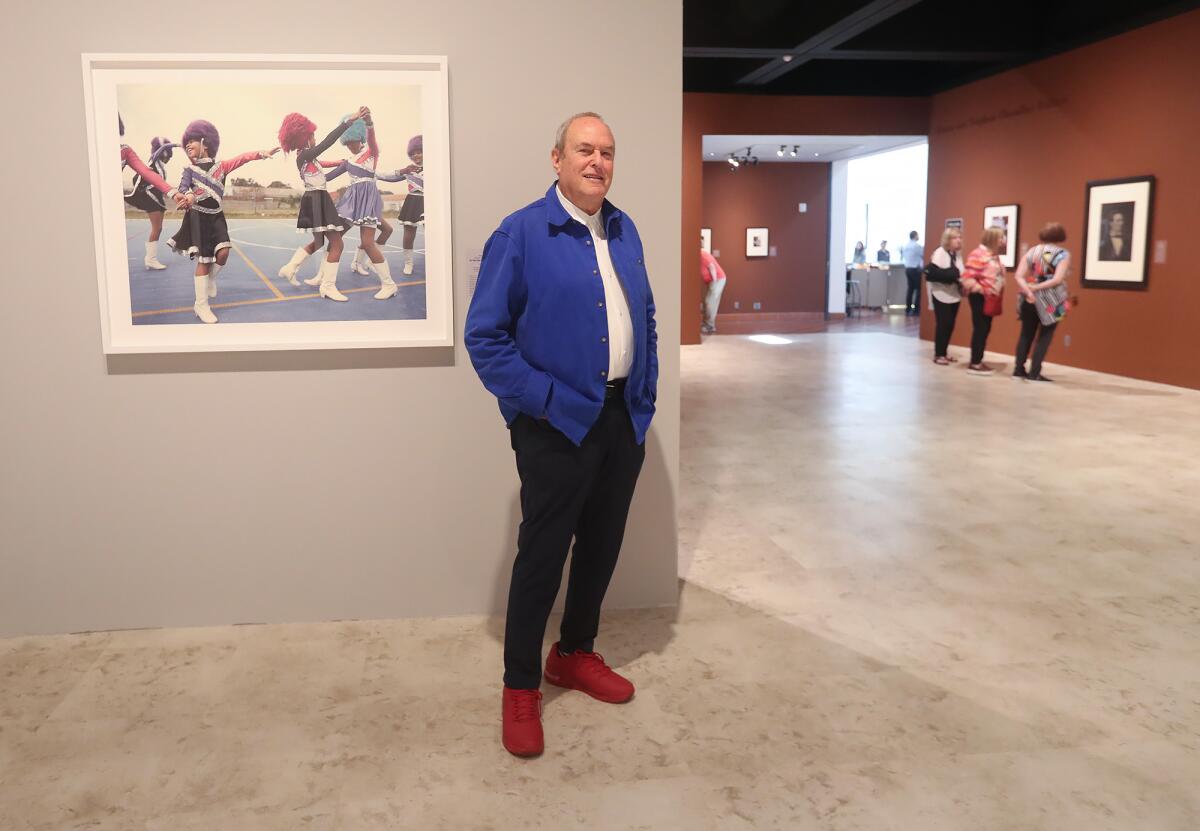
“This image was the first image that turned me on to the power of photography,” said Fetterman, “and I look at it everyday.”
Photography lovers have the opportunity to look at it too, at the Bowers Museum’s exhibition ‘The Power of Photography,’ organized by Photographic Traveling Exhibitions, curated by Fetterman and made possible by support from the Ronald C. and Kristine Pietersma Family Trust.
Fetterman has spent the last 40 years championing the photographic arts, running a leading fine art photography gallery and collecting some of the most moving photographs the world has seen.
“The Afghan Girl,” by Steve McCurry, for example, is one such photo in his collection on view at the show that is as famous as it is compelling. The portrait of Afghan refugee Sharbat Gula appeared on the 1985 cover of National Geographic. There are many photos of historical figures: a pensive portrait of Malcolm X, a coy shot of Audrey Hepburn and a stunning photo of Abraham Lincoln from 1890 by Alexander Hesler. There are also photos in the collection that depict ordinary people at historic moments in time, like Life Magazine photographer Carl Mydans’ “On the 6.25 from Grand Central to Stamford,” taken on Nov. 22, 1963, as all the commuters read newspapers with headlines on the assassination of JFK.
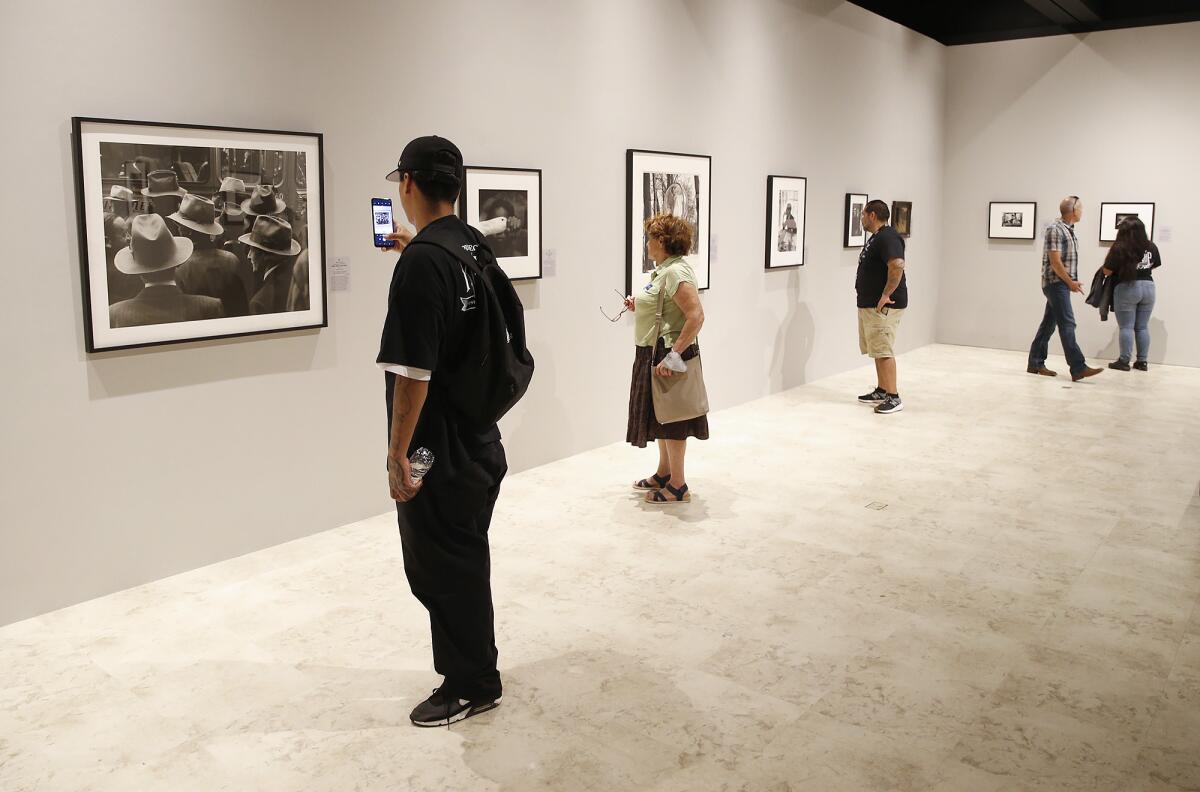
Not all images are so heavy, however. There is humor in the show as well, Fetterman assured, with images of fashion photography, rock stars and even pets. Thurston Hopkins’ “La Dolce Vita,” for example, is whimsical, and as Fetterman put it, “so British.”
“I call this the Driving Miss Daisy photo,” Fetterman said of the photo that shows both a chauffeur and poodle sitting at attention in the front seat of a vehicle. “It just puts a smile on my face.”
The power of an image is truly in the eye of the beholder, and the idea of the power it can hold is also found in Bowers’ other new exhibition, “Beyond the Great Wave: Works by Hokusai from the British Museum.”
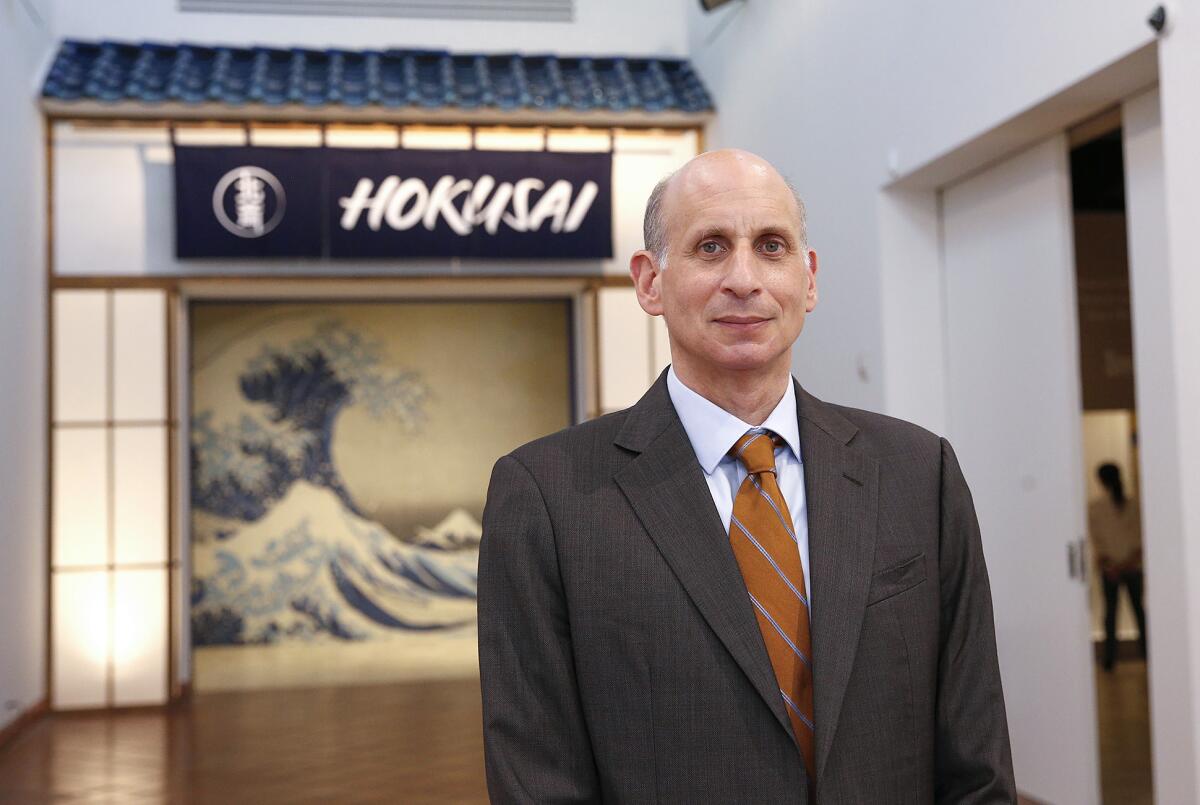
“Japanese artist Katsushika Hokusai was best known for designing the print known as ‘The Great Wave,’” said curator Alfred Haft. “He designed that print at the age of 72 when he was well into his third career as an artist.”
“The Great Wave” was originally featured in Hokusai’s series, “Thirty-six Views of Mount Fuji,” centered on the raw power and beauty of nature. While the exhibition begins with a preserved early example of “The Great Wave,” the show presents a diverse array of Hokusai’s works that go beyond the iconic image.
The show is a collaboration between Bowers Museum and the British Museum and contains over 100 paintings, drawings, woodblock prints and illustrated books that offer insight into the evolution of Hokusai’s work.
“You get a sense of the passion that he brought to painting and the humanity he brought to painting,” said Haft.
The extensive collection is largely the result of the foresight of six individuals who played a pivotal role in building the Hokusai collection at the British Museum and are featured in biographical portraits in the exhibition.
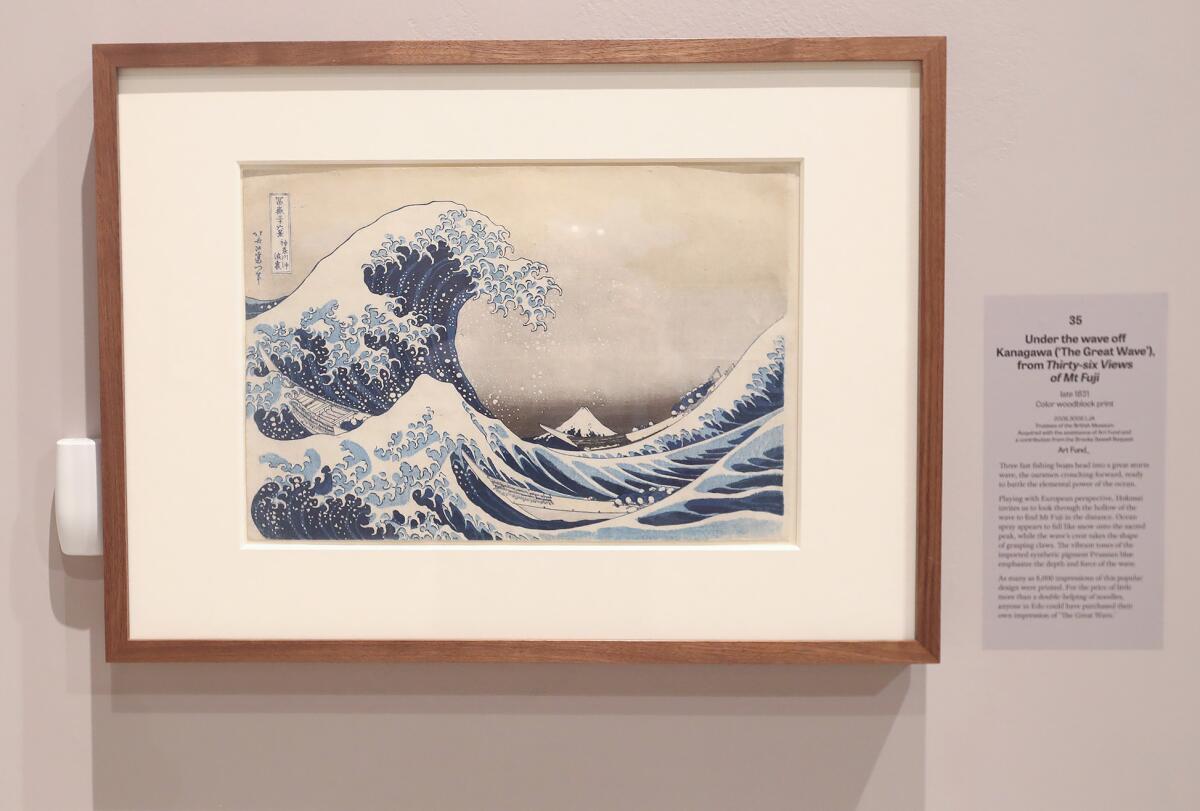
“How do we have these things available to us today? That is on account of some very astute collectors who were interested in his work at a very early stage and thought that the British Museum would be a good place to have these preserved as a legacy for future generations,” Haft said.
Among the pieces are privately commissioned prints of illustrated poems, beautifully made with fine block-cutting and pigments of the highest quality.
“For most of his career he actually was designing illustrations for popular novels,” said Haft.
The exhibition finishes with examples of work from his last years before his death at the age of 90.
Although Hokusai began making art at 8 years old, he is said to have remarked that it wasn’t until his 70s that he produced anything worthwhile. Haft said he respectfully disagrees and holds Hokusai’s estimated 30,000 prints that span his 70-year career as evidence.
“The power of Hokusai’s work is immediately inspiring,” said Haft.
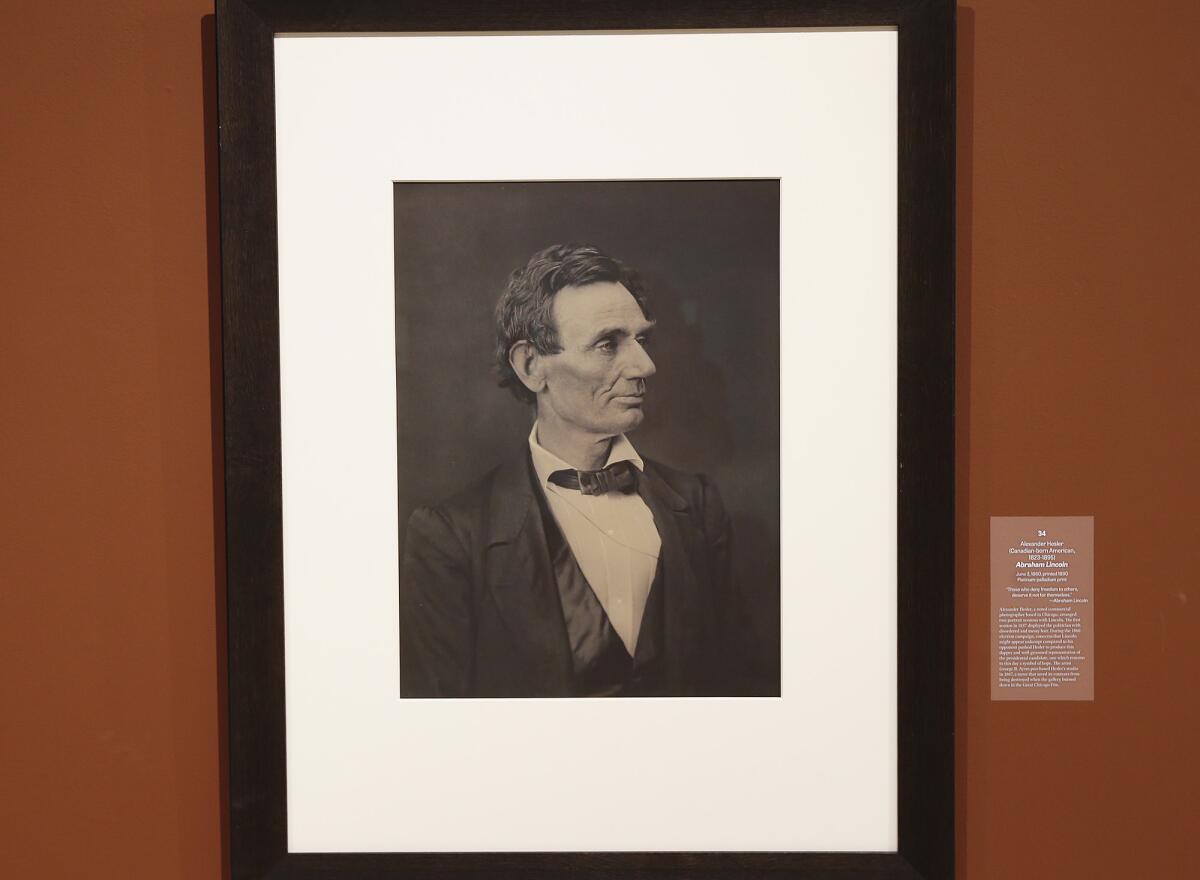
“The Power of Photography” is open until Jan. 14, and “Beyond the Great Wave: Works by Hokusai from the British Museum” runs through Jan. 7. The Bowers Museum is located at 20th and Main streets in Santa Ana.
All the latest on Orange County from Orange County.
Get our free TimesOC newsletter.
You may occasionally receive promotional content from the Daily Pilot.




